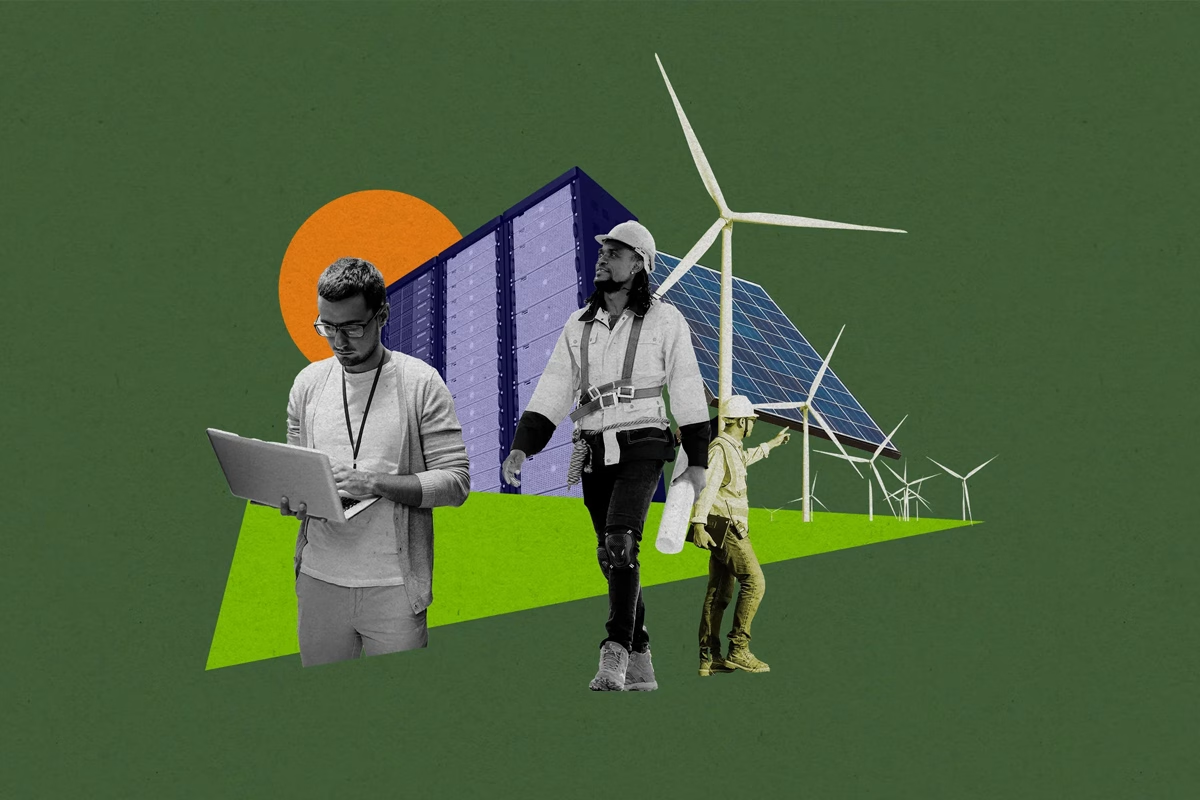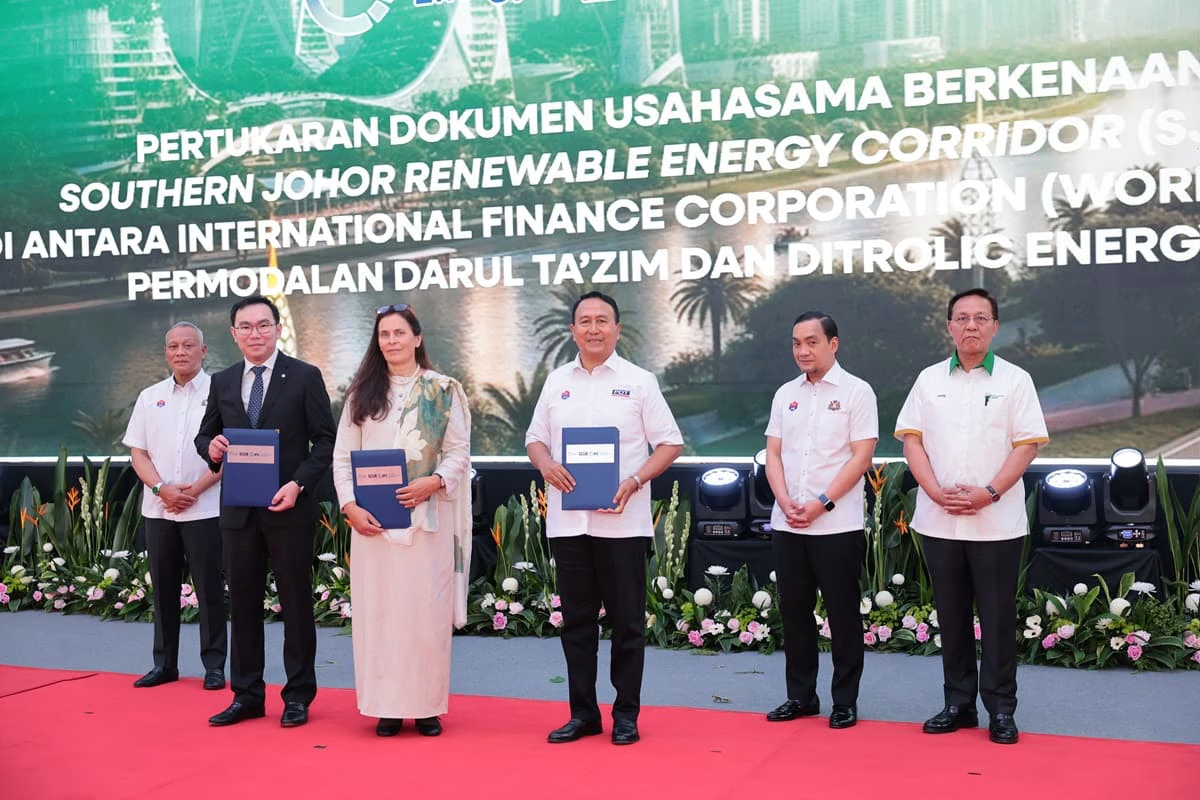
Egypt’s Electricity Ministry targets 30 GW boost in capacity
August 16, 2024
PV+ Journal Sep-Oct 2023
August 19, 2024With artificial intelligence (AI) dominating the headlines over the past two years, a new concern is emerging: the strain these technologies place on our energy systems and grids. Data centers used to train and operate AI models require vast amounts of energy. The International Energy Agency (IEA) predicts that this demand will double by 2026, requiring approximately the same amount of electricity as the entire country of Japan.
Despite many tech companies’ goals to reduce greenhouse gas emissions and achieve carbon neutrality, some have seen their emissions increase due to the growing AI demand in data centers. However, AI itself might offer a solution. Advancements in renewable energy, when paired with AI, could sustainably meet the increased energy demand. A promising approach is integrating AI into the expanding solar energy market, which provides clean and affordable energy to grid systems. According to the IEA, power sector investment in solar photovoltaic (PV) technology is expected to surpass $500 billion in 2024, exceeding all other generation sources combined. Moreover, Indigo Advisory has identified over 50 potential AI applications in energy, with more than 100 vendors already incorporating AI into their products, driving a $13 billion investment in the sector.
Utilizing AI in solar energy applications presents a unique opportunity to overcome certain challenges facing solar energy. For instance, solar panels’ dependence on sunlight makes them less reliable than nuclear or gas energy sources. Additionally, extreme weather events, such as heatwaves or sandstorms, which are becoming more frequent, can disrupt solar energy supply, while grid constraints limit the potential of solar projects.
AI Deployment in Solar Farms
The challenges facing the solar industry are significant, but AI offers meaningful solutions to address them. Here are a few examples of how AI can help.
Weather and Solar Generation Forecasting
AI is revolutionizing weather and solar generation forecasting. AI algorithms analyze meteorological data to produce accurate forecasts, which maximize solar output and improve grid management. This capability allows solar operators to better plan and reduce the impact of intermittent energy supply. Additionally, cloud-imaging technology and sky cameras capture real-time data on cloud movement and atmospheric conditions, further enhancing the accuracy of solar power predictions.
Predictive Maintenance
Beyond forecasting, AI is transforming the predictive maintenance of solar panels. Advanced machine learning models continuously monitor and analyze data from solar installations, minimizing downtime and maintenance costs while extending the lifespan of solar equipment. These AI systems monitor variables such as temperature, irradiance, orientation, tilt angle, humidity, rainfall, dirt accumulation, power output, inverter efficiency, and operational loads to quickly identify anomalies. Predictive maintenance can boost productivity by 25%, decrease breakdowns by 70%, and reduce maintenance costs by 25%.
Data-driven analytics tools like Univers Solar Advanced Analytics provide data-driven recommendations for corrective actions in PV projects. After analyzing all corrective actions throughout 2023 for a fleet of over 300 sites, 28,000 devices, and more than 11GW, Univers identified distinct seasonal patterns in categories of corrective actions, including inverters, trackers, DC health, sensors, grid, and data availability.
AI also improves the speed and efficiency of reporting and data querying through advanced chat interfaces. Energy management platforms are integrating human-in-the-loop intelligence and natural language processing (NLP) into their systems.
Sophisticated chatbots with NLP capabilities simplify technical complexities, making data more accessible and speeding up the process of obtaining critical information. Solar operators and consumers can quickly access information on energy output, system health and maintenance schedules, streamlining operations and ensuring proactive management of solar assets.
AI-Enabled Trading
The integration of AI with battery storage systems transforms the timing of energy storage and release, allowing providers to respond to real-time market conditions and fluctuating energy demands. As the oversupply of renewable energy during certain times of the year is expected to increase, these battery storage systems can be co-located with solar installations, synergistically enhancing energy utilization. This dynamic trading capability improves the use of stored energy, maximizes profitability, and ensures a balanced supply and demand in the energy market.
Overcoming Risks and Challenges
AI holds significant potential to impact the renewable energy sector, but its broader implementation is not without challenges.One major risk associated with AI is the increased vulnerability of critical energy infrastructure to cyberattacks. A notable example is the 2015 power grid hack, believed to have been carried out by a foreign actor, which left 230,000 Ukrainians without power for six hours. This incident is particularly concerning, given the rising geopolitical tensions worldwide.
Another significant challenge is that energy data often comes from diverse sources and in varying formats. Inaccurate or incomplete data leads to erroneous insights and decisions, undermining the effectiveness of AI applications. AI compatibility with Internet of Things (IoT) data is essential for addressing challenges in solar energy. IoT devices collect real-time data on production, consumption, and environmental conditions. Integrating this data with AI enhances energy management analytics, providing accurate insights and reliable decision-making for energy providers.
Furthermore, traditional language models like LLMs are primarily trained on textual data, but sensor data from energy systems often comes in different formats (e.g., numerical, time-series), requiring the development of new models or adaptation of existing ones, such as Archetype AI, to ensure compatibility and accuracy in energy applications.
As the adoption of AI accelerates, so does the demand for more computing power and, consequently, more energy. Solar energy offers a clean, predictable, and affordable solution that, when paired with AI, could address energy shortages. This combination of technologies provides much-needed solutions that facilitate AI growth while reducing greenhouse gas emissions.
Embracing AI in the renewable energy sector, despite its challenges, promises a future where clean energy and AI synergize to efficiently and sustainably meet our energy needs and climate goals.




